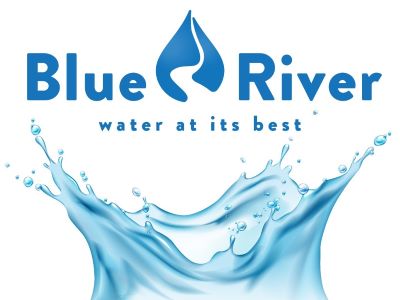Borehole Yield Test
Borehole Yield testing is the process whereby a borehole is subjected to pumping under controlled test conditions in order to determine its performance characteristics.

Overview
Borehole Yield Testing


Years Experiance
“Thank you for a great job done. We are ecstatic with the results. Going off the grid gives us peace of mind that we will never be without water. Should have done this a long time ago.”
